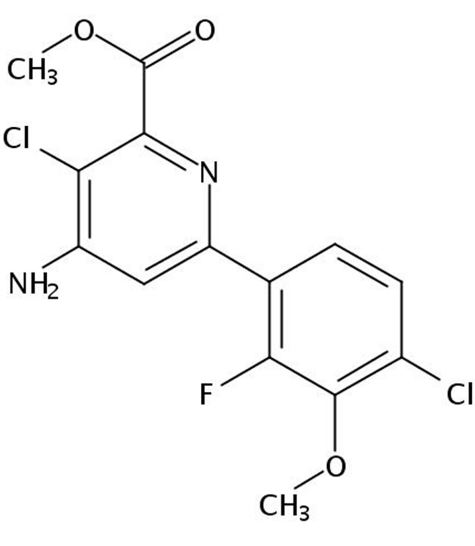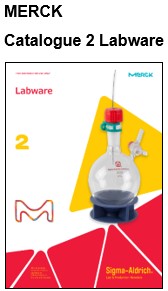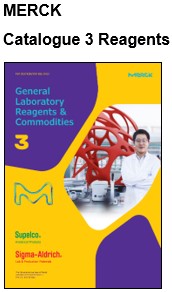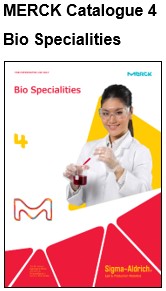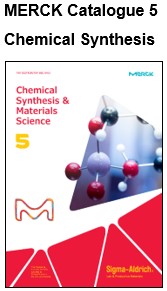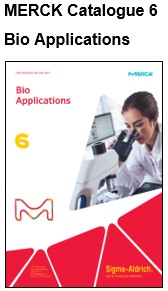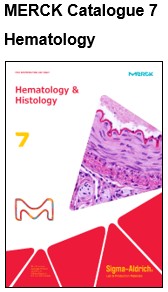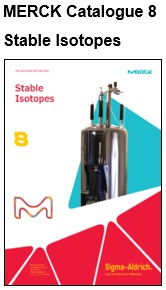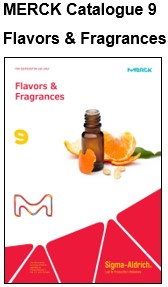Halauxifen-methyl CAS # 943831-98-9
![]()
Chem Service Certified Reference Standards
Used on: Broadleaf Weeds
Examining the Cannabis Pesticide Guidelines in Canada
(A Chem Service blog post based on pesticide regulations)
The cultivation, growth, distribution and sale of cannabis for recreational use – along with the many THC- and CBD-based products – has been legal in Canada for almost a year now. (As a type of medicine, it's been legal in the dominion for far longer – almost 20 years.) Even with something of a rocky rollout over the course of the early legalization period, as pointed out by Now Toronto, dispensary owners and other retailers all over the nation are undoubtedly excited by the business opportunities that have materialized thus far (and will continue to proliferate as time goes by).
At the same time, current or would-be cannabis producers must keep in mind that they're going to be operating in a highly regulated industry, whether they aim to cultivate recreational marijuana, medical strains or both. Part of remaining cognizant of all regulations – and sticking to them – involves understanding and closely adhering to laws governing cannabis pesticides in Canada, which we'll be discussing below:
Roots of the pesticide requirement
Although medical marijuana has been legal in Canada since 2001 and a number of pesticides have always been authorized (and forbidden) for use with cannabis plants, the specific regulations regarding such chemicals weren't always strictly enforced. However, by May 2017, there had been a number of large-scale recalls of medical cannabis after it became clear unauthorized pesticides had been used in cultivation, to prevent serious health risks to the patients who would have ultimately purchased the tainted marijuana for medical use.
- Piperonyl butoxide was one of the most notable chemicals found in the cannabis taken from two out of the seven licensed producers (LPs) of cannabis products who had been subjected to random tests by Health Canada before the agency decided to tighten its testing regulations. While a common ingredient in other pesticides, it is not authorized for cannabis cultivation.
- Myclobutanil, another common unauthorized pesticide, was also discovered.
After these findings, Health Canada instituted strict pesticide testing requirements for cannabis LPs. Those who did not conduct the mandatory testing could ultimately be subject to suspension or termination of their approval as a cannabis LP. The government department also stated that it would continue its process of surprise inspections for LPs whom it suspected of breaking the pesticide testing (or use) requirements.
Characteristics of the approved pesticides
As of July 30, 2019, there are 29 cannabis pesticides registered lawfully with Health Canada for use on marijuana plants in the country.
The majority of them are biological fungicides and herbicides with active ingredients in them that are toxic to insects, fungi and other organisms known to prey on plants, but pose no danger to humans – at least in the negligible amounts that an end user of medical or recreational cannabis would encounter. Most of them don't contain any of the chemicals commonly found in a number of prominent pesticides, though there are a few exceptions: Agrotek, for example, which is registered as a cannabis pesticide by Greenstar Plant Products, uses a tiny amount of sulfur to kill pests, but the concentration is so small that it can't harm human beings.
There are also a number of chemicals that aren't entirely forbidden for use in cannabis cultivation but must only be used in very small percentages – usually 0.25 parts per million or less. Some of these include endosulfan sulfate (permissible at no greater than 0.50 ppm), methoprene (1.0 ppm), dinotefuran (0.05 ppm) and the recently controversial chlorpyrifos (0.01 ppm). Any pesticide not on either the approved list or specified in the Health Canada limits of quantification table (linked above) should be considered forbidden in any quantity.
Further adjustments to cannabis pesticide regulations
About a year and a half after that announcement – Nov. 8, 2018 – Health Canada decided to enact a new enhancement to the existing testing regulations on pesticides used for marijuana cultivation. Since Jan. 2, 2019, cannabis LPs have been required to deliver samples of their products to independent laboratories for testing that will check for approximately 100 different chemicals. (Before this, there weren't many clear specifications as to how the testing was implemented.)
According to John Coleman, co-founder and president of Anandia Laboratories, a major cannabis testing facility, most players in the cannabis industry are content with the increased regulations, but there will likely be some growing pains as LPs adjust their practices.
"My opinion is that the industry, on the whole, is trying to do a good job," Coleman said in a December 2018 interview with The Growth Op. "The problem is, you're going from essentially a completely illegal industry to one that is legal and highly regulated, and it's a transition. Getting rid of some of the bad habits is going to take a bit of time."
Now that the new laws have been in effect for more than six months, though, regulators likely won't be all that lenient with LPs in violation of any pesticide-related guidelines. As such, Canadian cultivators should take every opportunity to make sure their growth and processing practices are above board the way they need to be.
Please visit our website to see pricing for Chem Service products. You may benefit from a discount to the prices shown if you are placing orders for multiple items, please contact sales@greyhoundchrom.com for a quotation. Please note you will be required to register to the website in order to view prices.
CONTACT US
Tel: +44 (0) 151 649 4000
Email: marketing@greyhoundchrom.com
FOLLOW US
YOU MAY ALSO BE INTERESTED IN OUR NEWSLETTER


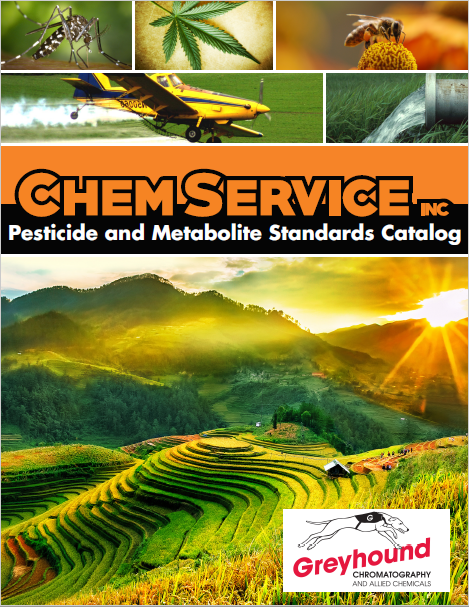
.jpg)
